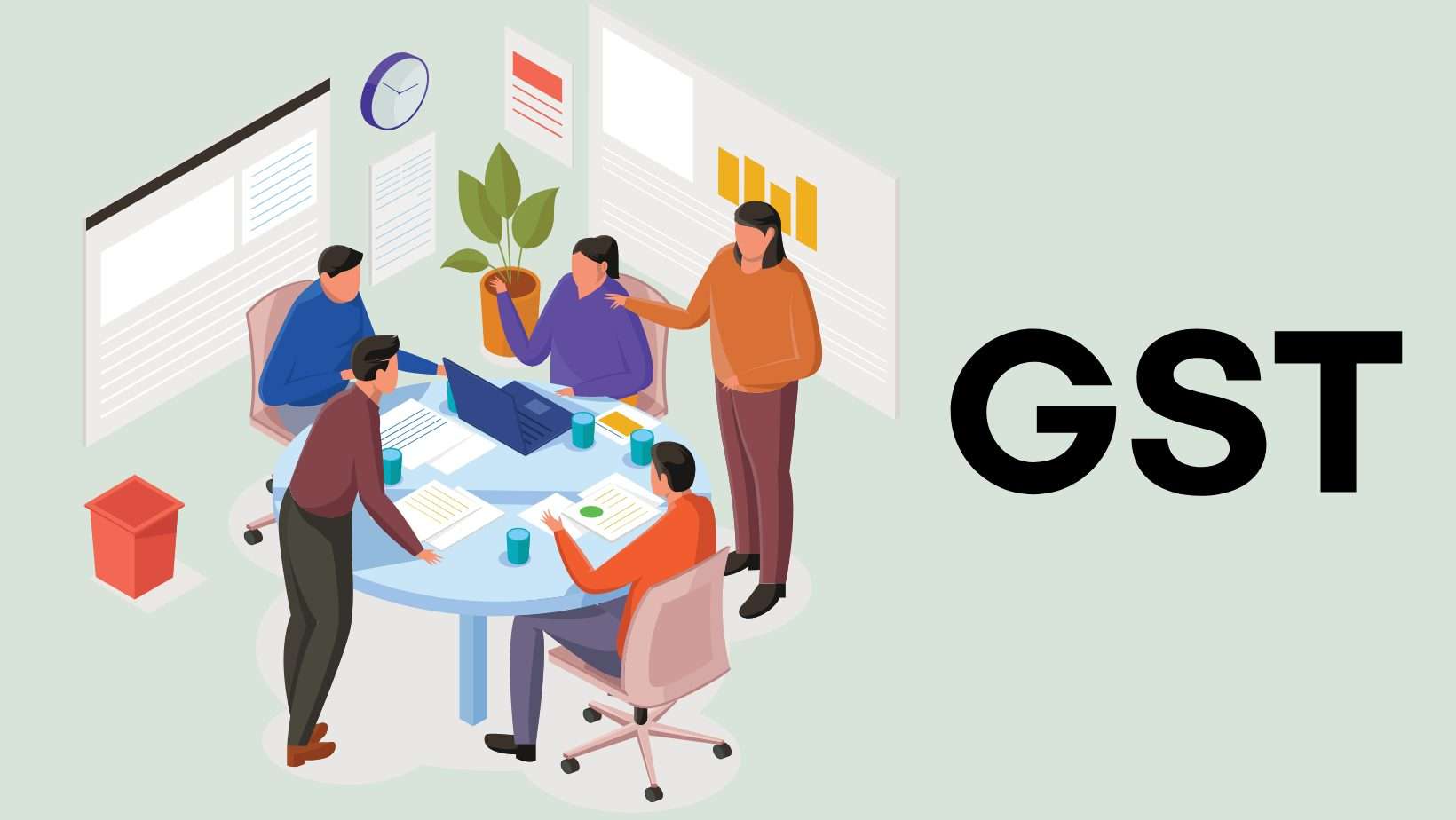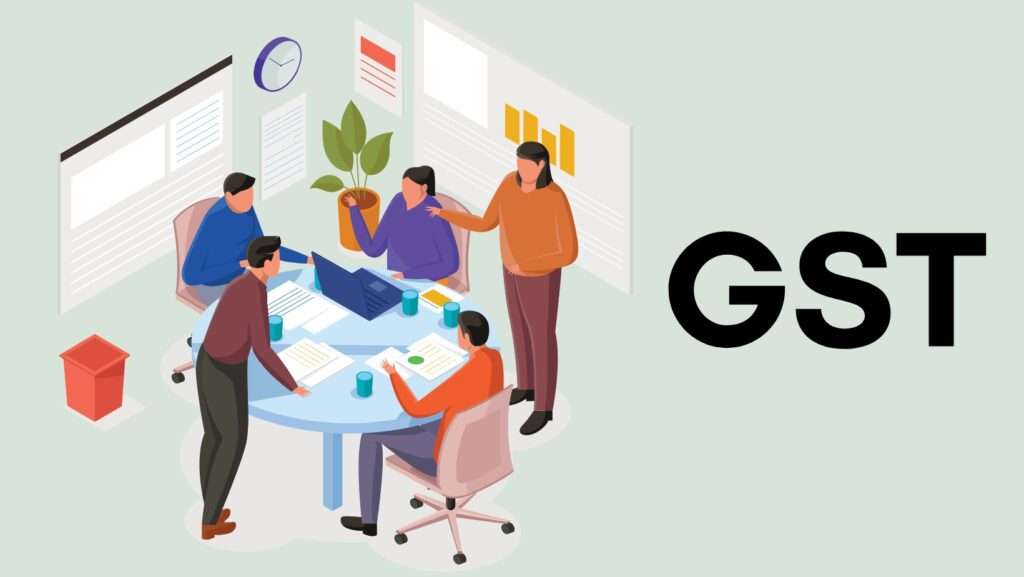
15 May What the Govt’s new GST compliance measures and how they impact businesses

In two significant measures to curb tax evasion and increase compliance under the Goods and Services Tax (GST) regime, the government has decided to lower the threshold for businesses to generate e-invoice for business-to-business (B2B) transactions, from Rs 10 crore to Rs 5 crore, and has rolled out the automated return scrutiny module for GST returns in a backend application for central tax officers.
Amid rising instances of GST frauds and cases of fake invoices, these changes are expected to broaden the compliance mandate for more businesses, especially small and medium enterprises and also help boost the GST revenue collections.
What is the automated return scrutiny module?
Last week, Finance Minister Nirmala Sitharaman, in a review of the Central Board of Indirect Taxes & Customs (CBIC), had given directions to roll out an automated return scrutiny module for GST returns at the earliest. This will enable the officers to scrutinise GST returns of centre-administered taxpayers selected on the basis of data analytics and risks identified by the system, a finance ministry statement said.
Discrepancies on account of risks associated with a return will be displayed to the tax officers. They will interact with the taxpayers through the GSTN common portal for communication of discrepancies noticed in returns and subsequent action in form of either issuance of an order of acceptance of reply or issuance of show cause notice or initiation of audit/investigation, it said.
The automated return scrutiny module has already commenced with the scrutiny of GST returns for FY 2019-20, with the requisite data already with the tax officers, the ministry said.
What are the changes for e-invoicing?
The government has also lowered the threshold for businesses to generate e-invoice for business-to-business (B2B) transactions to Rs 5 crore from Rs 10 crore under GST. The changes will come into effect from August 1.
In a notification dated May 10, the Finance Ministry has announced lowering of the threshold for e-invoicing. At present, businesses with turnover of Rs 10 crore and above are required to generate e-invoice for all B2B transactions.
What does the e-invoicing envisage?
The GST Council in its 37th meeting in September 2019 had approved the standard of e-invoice with the primary objective to enable interoperability across the entire GST ecosystem. Under this, a phased implementation was proposed to ensure a common standard for all invoices, that is, an e-invoice generated by one software should be capable of being read by any other software and through machine readability, an invoice can then be uniformly interpreted.
With a uniform invoicing system, the tax authorities are able to pre-populate the return and reduce the reconciliation issues. With a high number of cases involving fake invoices and fraud availment of input tax credit, GST authorities have pushed for implementation of this e-invoicing system which is expected to help to curb the actions of tax evaders and reduce the number of frauds as the tax authorities will have access to data in real-time.
E-invoicing was initially implemented for large companies with turnover of over Rs 500 crore, and within three years the threshold has now been lowered to Rs 5 crore.
E-invoicing for B2B transactions was made mandatory for businesses with turnover of over Rs 500 crore from October 1, 2020. Then it was extended to businesses with turnover of over Rs 100 crore from January 1, 2021, after which it was extended to businesses with turnover of over Rs 50 crore from April 1, 2021, and then the threshold was lowered to Rs 20 crore from April 1, 2022. It was further reduced to Rs 10 crore from October 1, 2022.


No Comments